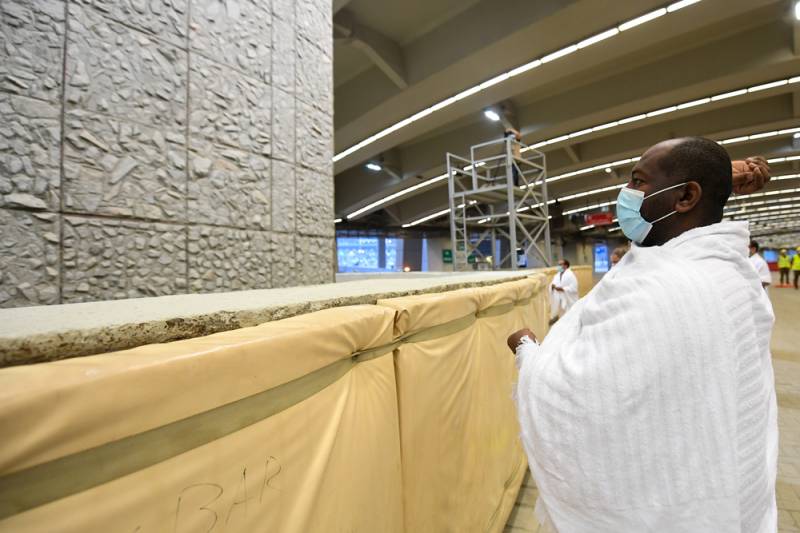Hajj pilgrims stone Jamrat Al Aqabah

Stay tuned with 24 News HD Android App

The Hajj pilgrims on Friday stoned Jamrat Al Aqabah, the place where the devil is said to have appeared before the Prophet Ibrahim (AS).
Here, pilgrims threw seven pebbles one after the other while saying Allahu Akbar (God is greatest) after each throw. Each pebble was the size of a fava bean. The act mimics that of the Prophet Ibrahim, who was told by the angel Gabriel to pelt the devil with stones.

After the stoning, Eidul Azha can be celebrated and the pilgrims' sacrificial animal should be slaughtered. Then, men should either shave their heads or cut their hair, and women should cut the length of a fingertip from their hair.
Then Hajj pilgrims return to the Holy Kaaba to perform a final tawaf before leaving Makkah. This ritual is required to complete Hajj.

The Hajj pilgrims in Saudi Arabia spent the Thursday night in Muzdalifah, an open-level area near Makkah, after spending the day in Arafat. In the morning, they set off for Jamrat to stone the devil
Earlier on Thursday, they listened to a sermon delivered by Sheikh Abdullah Al Manea, a member of the Council of Senior Scholars and adviser at the Saudi Royal Court. They prayed dhuhr and asr prayers together at Namira Mosque at Arafat.

Pilgrims then climbed the summit of the Mount of Mercy outside Makkah to recite the Quran.
WHO praises Saudi Arabia
The head of the World Health Organisation has praised the precautionary measures taken by Saudi Arabia during this year's Hajj.
"I’d like to congratulate the kingdom of Saudi Arabia for the steps it has put in place to make the Hajj as safe as possible this year," Dr Tedros Adhanom Ghebreyesus, the WHO's director general, said in Geneva.
"This is a powerful demonstration of the kinds of measures that countries can and must take to adapt to the new normal."
The Saudi assistant minister of health said that no coronavirus cases were recorded among the pilgrims.
